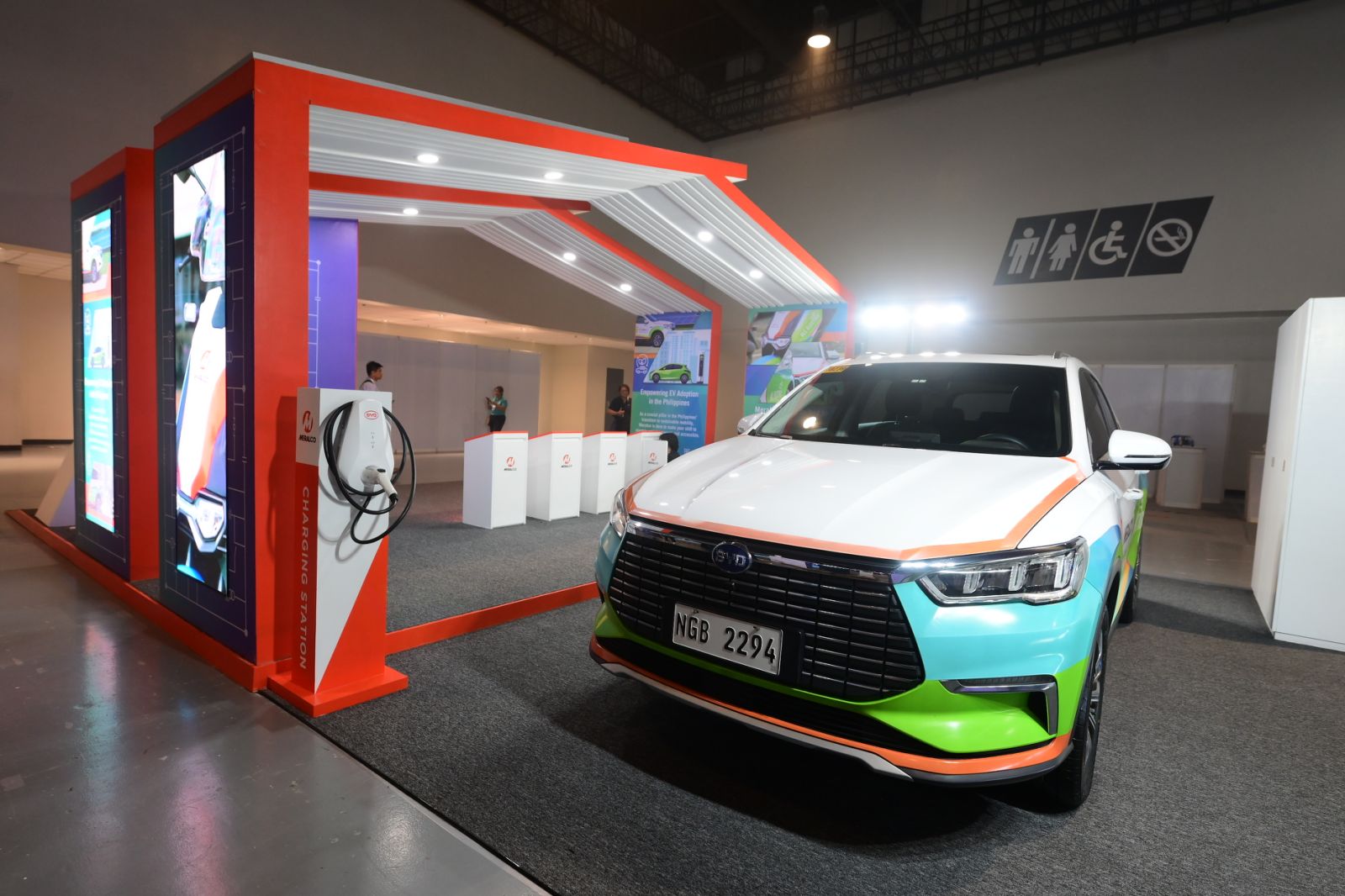In a move that says “safety first, premiums second,” the Land Transportation Office (LTO) is revving up its Compulsory Third-Party Liability (CTPL) insurance benefits—because when accidents happen, your wallet shouldn’t skid off the road too.
During a stakeholder pit stop on September 8, the LTO proposed doubling the liability coverage from ₱200,000 to ₱400,000. Death indemnity also increases to ₱400,000. Permanent disablement benefits? No longer stuck in first gear—now ranging from ₱24,000 to ₱200,000, compared to last year’s modest ₱6,000 to ₱50,000. It’s like upgrading from a rusty tricycle to a bulletproof SUV—financially speaking.
PUVs get a premium tune-up.
Of course, with great coverage comes slightly greater cost. Air-conditioned tourist cars will see their annual CTPL premium rise from ₱740 to ₱1,134. Taxis, PUJs, and minibuses? From ₱1,100 to ₱1,686. Public Utility Buses and tourist buses will cruise from ₱1,450 to ₱1,632. Motorcycles, tricycles, private cars, and commercial vehicles are staying in their financial lane, with premiums unchanged.
The goal? A smoother ride for everyone—from the helmeted commuter to the karaoke-loving bus passenger—ensuring that accident victims aren’t left financially stranded on the side of the road.
EV market charges ahead
Not to be outdone, the Department of Energy (DOE) is rolling out a new EV classification system that’s cleaner than a freshly waxed dashboard. Department Circular No. DC2025-09-0015, effective September 20, gives EVs a proper identity parade: Battery EVs, Hybrids, Plug-in Hybrids, Light EVs, Range-Extended EVs, and Fuel Cell EVs now have their own lanes in the regulatory highway.
According to regulators, it’s part of the country’s push for a future-ready, planet-friendly transport sector—because nothing says “progress” like a car that hums instead of roars.
Quarterly data
Effective September 20, stakeholders must now submit the EV Charger Monitoring Form every quarter—think of it as a telemetry check for the nation’s charging infrastructure.
If your EV model is no longer marketed, it’ll be removed from the Recognized EV List. Promo-only units can still get a provisional certificate—pending a DOE inspection that’s more thorough than a mechanic with trust issues.
From January to July 2025, 29,715 EVs were registered—already overtaking 2024’s full-year total of 24,286. That’s nearly 5% of all new vehicle registrations. And with 1,122 charging points nationwide (AC, DC, and battery swap stations), the infrastructure is finally catching up to the hype.
Whether you’re riding shotgun in a PUJ or silently gliding in an EV, the message is clear: the road ahead is safer, smarter, and a little more electric. Just don’t forget to buckle up—financially and literally. MBI Torque&Power





